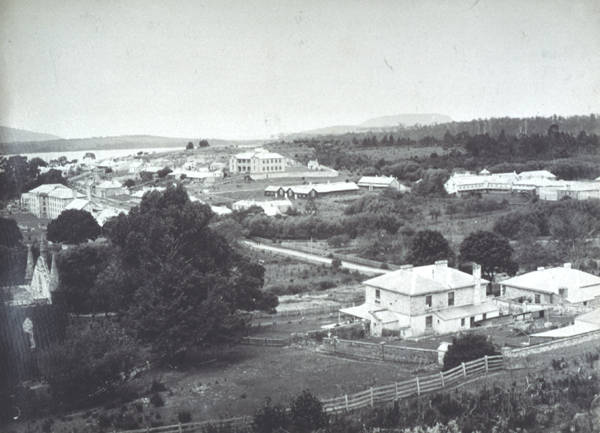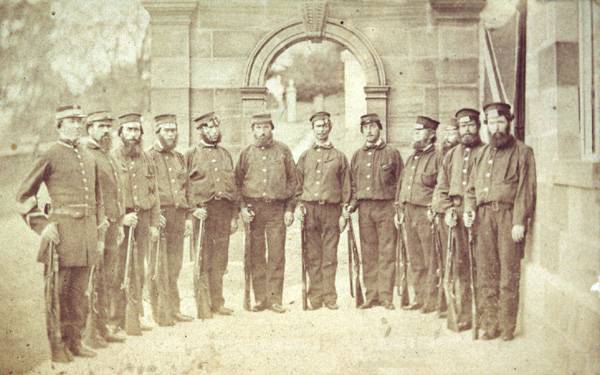 |
 |
|
Port Arthur Penal Settlement
Port Arthur Penal Settlement – named in honour of Lt-Governor George Arthur – began life in 1830 as a punishment-oriented timber station. With the progressive addition of further industries, tailored for heavy and light labour, Port Arthur held a key position within the colony's judicial system until its closure in 1877. Replacing Macquarie Harbour and Maria Island as the primary source of secondary punishment, Port Arthur's 47-year operation was due largely to its geographical isolation and the availability of natural resources. Chief among these was timber, and harvesting was carried out until the 1870s. Scattered outcrops of sandstone and dolerite provided other materials for construction, tracts of land stretching back from the cove providing agricultural and farming land for supplementing rations. Port Arthur achieved prominence under the regimented governance of Captain Charles O'Hara Booth (1833–44). During his command, convicts experienced a system of administration based on corporal punishment. Overseers and constables relied upon the threat of the cat-o-nine-tails, irons or sensory deprivation in solitary confinement, with extreme offences tried in Hobart. The daily work of the convicts ranged from ganged labour – including timber-getters in irons, and unironed garden gangs – to relatively skilled labour in the shipyards or artificers' shops. Combined with scholastic and religious instruction, the labour was designed to provide an avenue to reformation, as well as to improve the economic returns of a large and expensive settlement. Both imperial and colonial governments were preoccupied with making Port Arthur self-sustaining. The governance of JH Boyd (1853–71) saw the station reach its maximum operational and geographic extent, as agriculture and timber harvesting increased. The station's workshops housed blacksmiths, shoemakers, tailors, basketmakers, carpenters and stonemasons. Changes in English penology had seen the 1842 completion of Pentonville Prison. This marked a shift in the treatment of refractory convicts as emphasis moved from punishment and reform through physical subjugation, to psychological control. This was reflected at Port Arthur in the 1848 cessation of flogging and the construction of the Separate Prison in 1850. With the end of transportation in 1853, the number of convicts at Port Arthur began to decline. From a high of 1200 during 1846, the 1870s population lingered at around 500. The construction of the Paupers' Barracks and the Asylum in the 1860s reflected an ageing convict population. Unable to engage in productive labour, the convicts of Port Arthur were gradually removed, the process being completed in 1877.
Subdivision and auctions saw most of the establishment sold into private ownership in the 1880s. Many buildings were demolished, bushfires in 1895 and 1897 furthering the destruction. Buildings that survived were used for private residences, or accommodation for the emerging tourist trade. The Separate Prison, Penitentiary and Church ruins were retained largely due to their picturesque appeal. A number of ruins were reserved in 1916 and placed under the control of the Scenery Preservation Board, becoming the first 'historic sites' in Australia. In 1971 the precinct was declared the Port Arthur Historic Site and is currently managed by the Port Arthur Historic Site Management Authority. Further reading: I Brand, Port Arthur 1830–1877, Tasmania, 1975; R Hughes, The fatal shore, London, 1987; D Young, Making crime pay, Hobart, 1996. Richard Tuffin |
Copyright 2006, Centre for Tasmanian Historical Studies |

